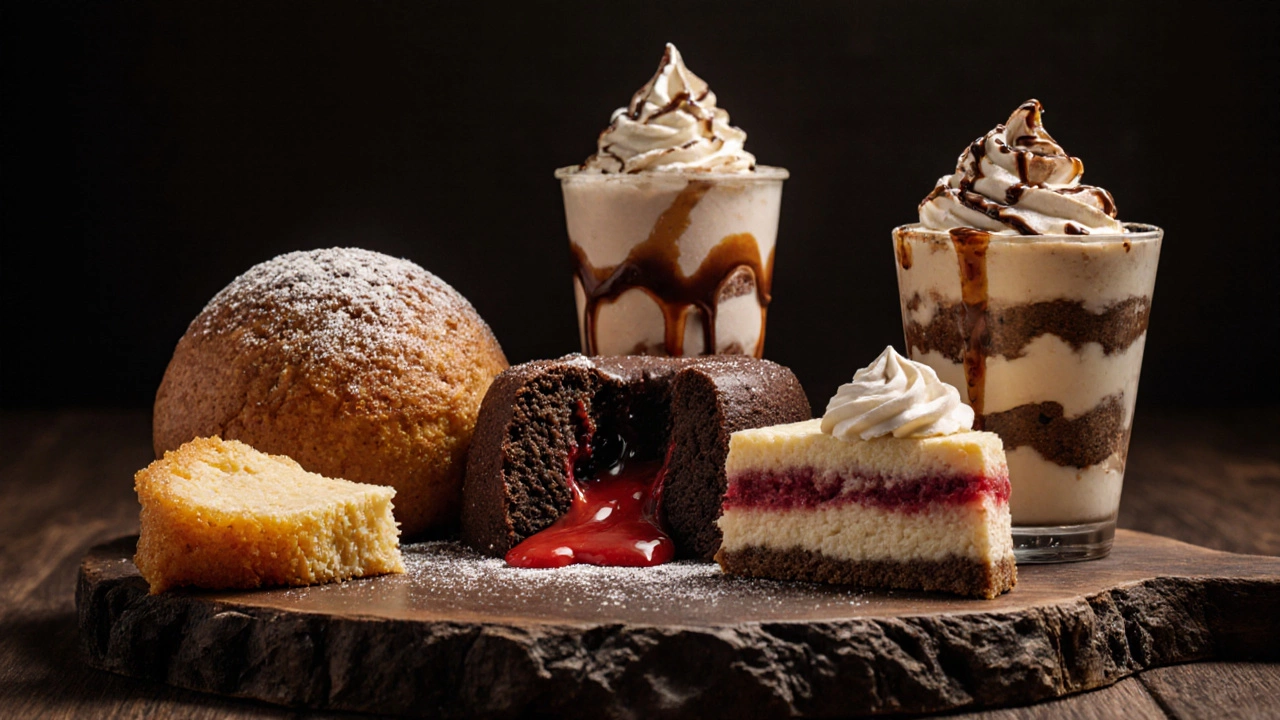Dessert Sugar Content: What You Need to Know About Sweetness in Your Favorite Treats
When you bite into a slice of cake or a scoop of ice cream, you’re not just tasting sweetness—you’re consuming dessert sugar content, the total amount of sugars added during preparation, including table sugar, syrups, and concentrated fruit juices. Also known as added sugars, this is the kind that spikes blood sugar, not the natural sugars found in fruit or milk. Most people don’t realize how quickly those grams add up. A single serving of store-bought chocolate chip cookie can pack over 12 grams of added sugar. That’s more than half the daily limit the World Health Organization recommends for adults.
The real question isn’t just how much sugar is in your dessert—it’s where it’s coming from and why it’s there. Sugar isn’t just for sweetness; it’s a texture builder, a preservative, and a flavor enhancer. In ice cream, it keeps the scoop soft. In cookies, it spreads the dough just right. In jams and custards, it helps set the structure. But when you’re trying to cut back, you need to know what replaces it. sweeteners, including stevia, monk fruit, and erythritol, are now common in low-sugar desserts, but they don’t always behave the same way in baking. And sugar alternatives, like applesauce, mashed banana, or dates, add moisture and fiber but still bring natural sugars to the table. Many of the recipes you’ll find below use these swaps to reduce sugar without losing the feel of a real dessert.
Looking through the posts here, you’ll see real-world examples of how people are adjusting dessert sugar content without giving up flavor. From ice cream sales trends showing a shift toward lower-sugar options, to home cooks using mayo to keep baked goods moist without extra sugar, there’s a pattern: smart substitutions, not just reduction. You’ll find recipes that use seasonal fruit to naturally sweeten puddings, methods to cut sugar in cookies by 30% and still get crunch, and even how to make a dessert taste rich with less sugar by boosting spices like cinnamon or vanilla. This isn’t about deprivation—it’s about rethinking what makes dessert satisfying.
Whether you’re managing blood sugar, watching calories, or just tired of that aftertaste of refined sugar, the collection below gives you practical ways to enjoy dessert without the guilt. No magic pills. No extreme diets. Just real food, real tweaks, and real results.

The Unhealthiest Dessert: Which Sweet Treat Packs the Most Calories and Sugar?
Discover which dessert tops the chart for calories, sugar, and unhealthy fats, and learn how to spot and avoid the unhealthiest sweet treats.
More Detail